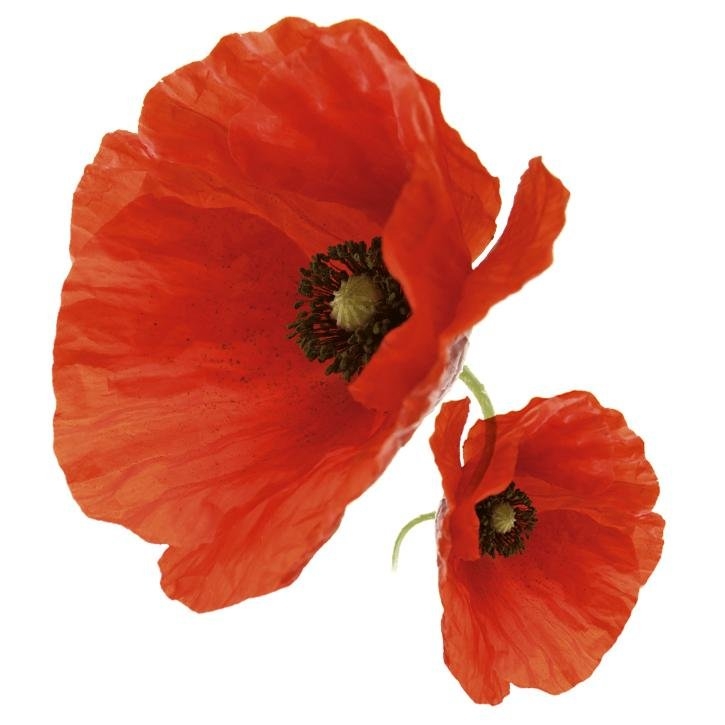Description
It’s an herbaceous annual plant of the Papaveraceae family that grows up to
It is frequently found on waysides and fields. It blooms between June and August and there are many different species. Once the petals are formed, they don’t last more than 4 hours, thus the harvesting is to be made immediately. Capsules are collected around three weeks later.
Part used
Petals and sometimes the fruit capsules.
Indications
Internal use
External use
Bibliography
Real Farmacopea Española, Suplemento 1999.
Real Farmacopea Española, Suplemento 2001.
Pharmacopée Française IX Édition.
Plantas Medicinales. Thérapeutique-Toxicité. Christiane Vigneau. Masson, Paris 1985.
Herbal Drugs and Phytopharmaceuticals. Norman Grainger Bisset (Ed). Max Wichtl. CRC Press.1994.
Plantas Medicinales y Drogas Vegetales para infusión y tisana. Edición española a cargo de: Salvador Cañogueral, Roser Vila, Max Wichtl.1998.
Matière Médicale. RR Paris- H. Moyse. Masson 1981.
The Complete German Commission E Monographs. Therapeutic Guide To Herbal Medicines. Mark Blumenthal. American Botanical Council 1998.
Fitoterapia Aplicada. J.B. Peris, G. Stübing, B.Vanaclocha. Colegio Oficial de Farmacéuticos de Valencia 1995.
Fitoterapia: Vademecum de Prescripción. Plantas Medicinales. Colaboran: Asociación española de médicos naturistas. Colegio Oficial de Farmacéuticos de Vizcaya.
Plantas Medicinales. El Dioscórides Renovado. Pio Font Quer.
Guía de Campo de las Flores de Europa. Oleg Polunin. Ediciones Omega S.A. Barcelona, 1977.
Pharmacognosy 9th edition. Varro E. Tyler – Lynn R. Brady – James E. Robbers.
Farmacognosia. G.E. Trease y W. C.Evans. CECSA.
Plantas Medicinales. Margarita Fernandez y Ana Nieto. Ed Universidad de Navarra. EUNSA 1982.
100 Plantes Medicinales. Max Rombi. Romart 1998.
Pharmacognosy, Phytochemistry, Medicinal Plants. Jean Bruneton. Lavoisier Publishing.
Enciclopedia de las Hierbas Medicinales. Tina Cecchini. Ed. de Vecchi S.A. 1995.
PDR for Herbal Medicines. Medical Economics Company, Montvale. Second Edition, 2000, pp 223-4.
Carretero E. Alcaloides: derivados de fenilalanina y tirosina (II). Panorama Actual Med 2001; 25(242): 341-6.
